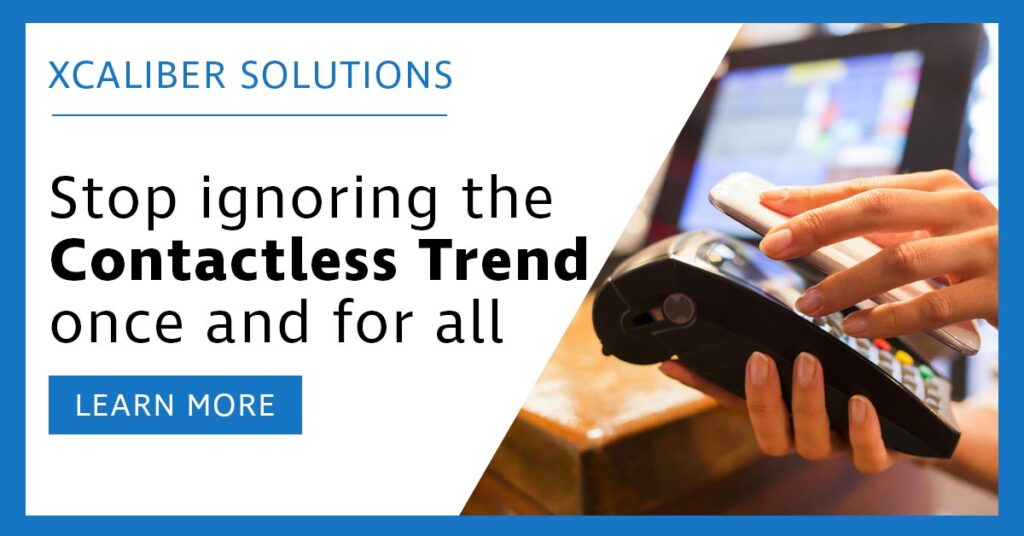Pandemic or no Pandemic: You Can’t Afford to Ignore the Trend to Contactless Payments

Contactless payments have been commonplace in Europe and the UK for some years now, but take up in the US had been relatively slow until the advent of the pandemic.
Now, though, the trend towards contactless is accelerating rapidly as merchants, issuing banks, and major networks race to respond to customers’ desire for safer payment methods.
How Contactless Soared in 2020
According to Mastercard, for example, some 51% of US consumers now say they are using mobile wallets such as those offered by Apple, Google, Amazon, and others.
- 58% say that they are more open to making use of contactless payment methods than before the pandemic; and
- 74% say that they expect to continue using contactless even when the pandemic ends.
How Big Banks are Encouraging the Trend
In response, America’s largest banks, including Bank of America, Citibank, and Capital One have been dramatically expanding their issue of contactless-enabled cards.
Visa estimates that some 300 million such cards were in circulation by the end of 2020. And, significantly, there’s also evidence that these cards are increasingly becoming the go-to or “top of wallet” option for customers, particularly those under 35.
It’s a trend that will likely strengthen as banks increase the daily and per transaction limits allowed – an important measure for security and customer confidence.
What it Means for You
While concern about the COVID-19 virus lingering on the surfaces of payment cards and terminals has been an obvious driver of the rise of contactless, all the available evidence suggests that the trend will survive the return to normality that will follow on mass vaccination.
Once people get used to the ease, convenience, and speed of digital wallets and contactless payment cards, they’re unlikely to want to return.
So to prosper in the recovering post-pandemic economy, merchants will have to offer their customers as many contactless options as possible.

